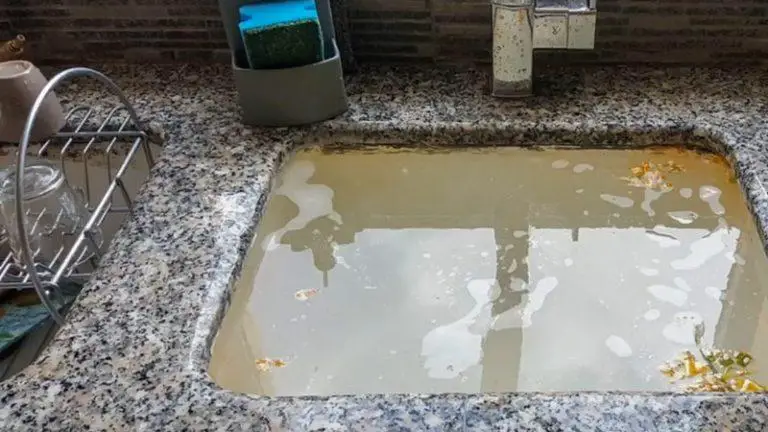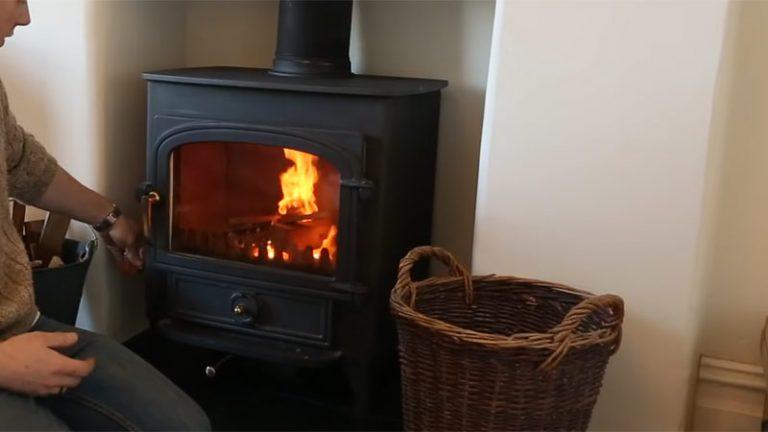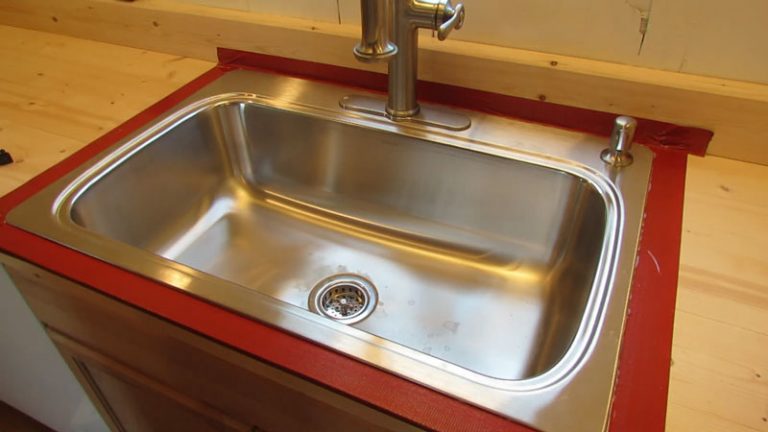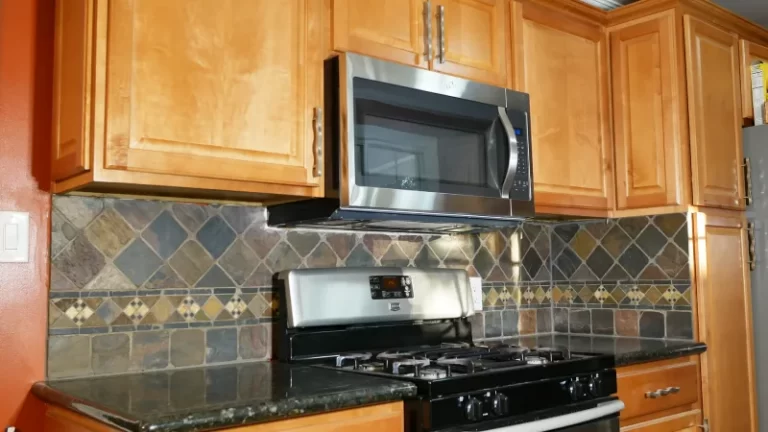Connection From 20 Lb Propane Tank to Kitchen Stove [Easy Way to Do]
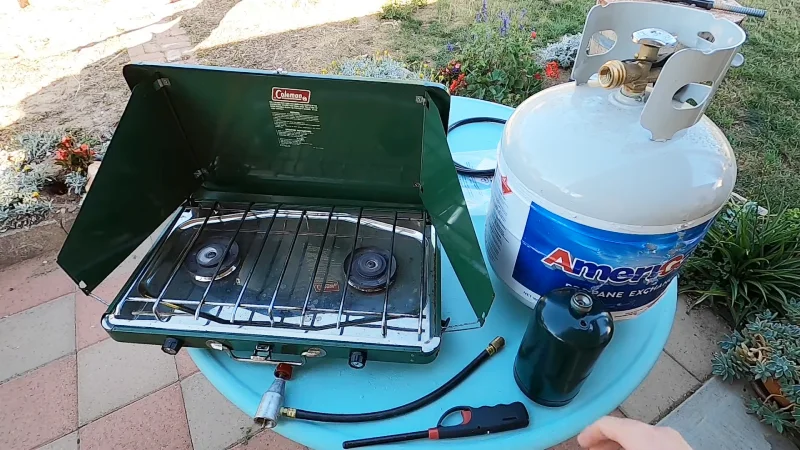
Propane tanks are a popular choice for powering cooking appliances. These include outdoor grills and indoor kitchen stoves. While small, portable propane tanks can be convenient for grilling on the go, they may not be the best option for use with an indoor kitchen stove. In this article, we will explore the safety and practicality concerns of using a 20 lb propane tank for an indoor kitchen stove. We will also discuss alternative fuel options.
You'll Learn About
20 Lb Propane Tank to Kitchen Stove
It is possible to run a high-end stove like a Viking or Wolf off a small propane tank. However, this is not a recommended method as it can be unsafe and may not provide sufficient gas supply to operate the stove properly. The small size of the tank means that it will need to be frequently refilled. This can be inconvenient and potentially dangerous if the tank runs out while the stove is in use.
Additionally, the small tank may not be able to provide enough gas to power all of the burner elements and the oven simultaneously. This can limit your cooking options.
If you want to use a high-end stove in your location, it is recommended to install a larger propane tank. You can also consider other fuel options, such as natural gas. It is important to follow the manufacturer’s recommendations for fuel usage. Ensure that the stove is properly configured for the fuel type you are using.
If you are unsure about the best method for running your stove, it is advisable to consult with the manufacturer. You can also consult a qualified appliance professional.
How to Connect 20 Lb Propane Tank to a Kitchen Stove?
Connecting a 20 lb propane tank to a kitchen stove can be done with the proper equipment and steps. Here are the steps to follow:
Gather Materials
You will need a high-pressure hose, an adapter from “A Type 1” or ACME fitting to a male disposable cylinder port, and Teflon tape to complete the installation.
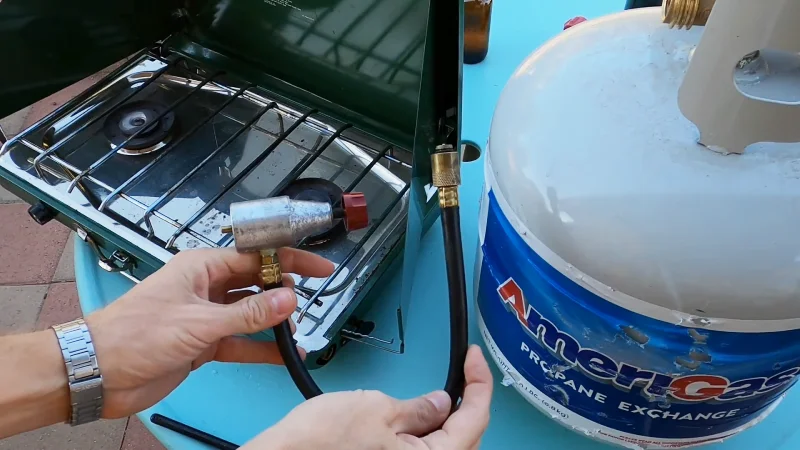
Attach the Adapter
Attach the adapter to the end of the high-pressure hose. Wrap the Teflon tape around the threads of the adapter.
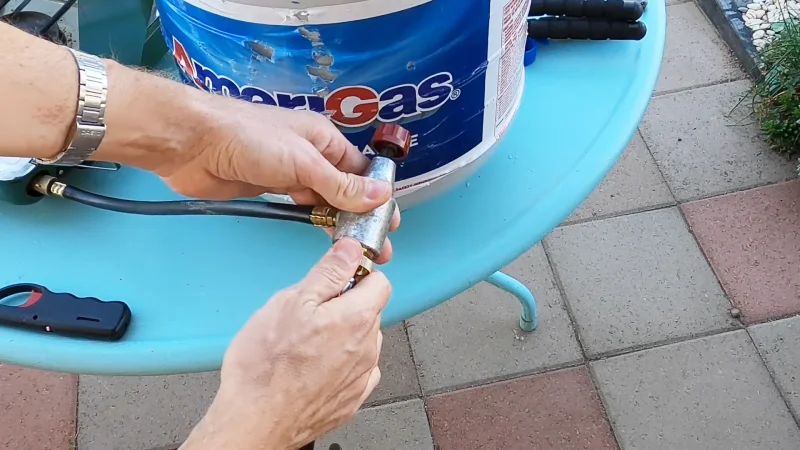
Connect the Hose
Connect the hose to the 20 lb propane tank. Make sure the Teflon tape is between the threads of the tank and the adapter.

Install the Regulator
Connect a regulator to the end of the hose. This controls the pressure of the propane.
Leak Test
Check for leaks by applying leak-detection solution to all the connections. Look for bubbling. If you see bubbling, tighten the connections until the leaks stop.
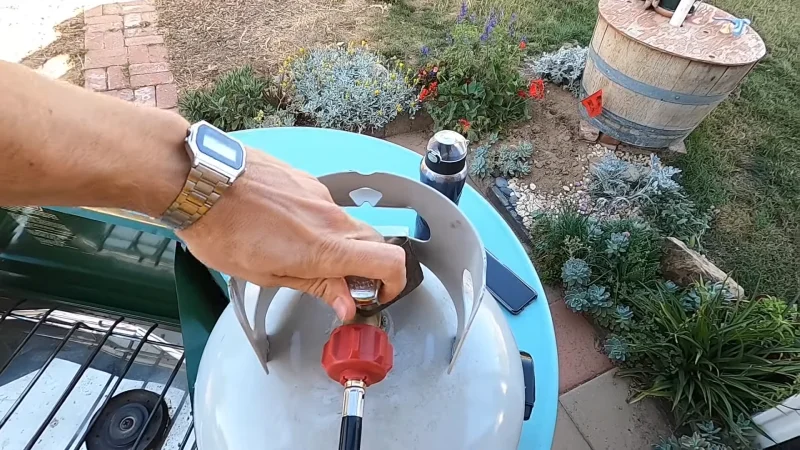
Check the Burner
Once there are no leaks, turn on the stove and check the burners for a blue flame. If the flame is white, adjust the regulator or check the airflow.

Replace the Orifice
If the stove requires a different orifice size for propane, remove the current orifice. Replace it with the correct one.
By following these steps, you can successfully connect a 20 lb propane tank to your kitchen stove. This is useful for your remote campsite or home.
Safety Concerns
Using a small propane tank for an indoor kitchen stove comes with several safety concerns. One major concern is the risk of the tank running out while cooking. This can be dangerous if the stove is left on and the gas supply is cut off suddenly.
This can also be inconvenient if it happens in the middle of cooking a meal. You will need to stop cooking and replace the tank. Additionally, there is a risk of gas leaks with any propane appliance. Using a small tank can increase the frequency of tank replacement. This increases the risk of a leak occurring.
Finally, the inconvenience of frequently refilling the tank can be a hassle. It requires you to constantly monitor the gas level and make sure you have a full tank on hand.
Limited Gas Supply With a Small Propane Tank
Another concern with using a small propane tank for an indoor kitchen stove is the limited gas supply. A 20 lb propane tank is not large enough to power all of the burner elements and the oven simultaneously. This is especially true for an extended period of time.
This can limit your cooking options. It can also make it difficult to prepare large meals or use the stove for extended periods of time. Additionally, constantly switching between the different burner elements and the oven can be inconvenient. It may not provide consistent heat for cooking.
If you frequently use all of the burner elements and the oven at the same time, a small propane tank may not be sufficient to meet your needs.
Alternative Fuel Options for Kitchen Stoves
If you are considering using a propane tank for your indoor kitchen stove, it may be worth considering alternative fuel options. One option is to use natural gas. This is a more reliable and consistent fuel source for kitchen appliances.
Natural gas is typically piped directly into the home. This means it is always available and does not need to be refilled. This can be a more convenient and safer option for powering an indoor kitchen stove.
Another option is to use a larger propane tank. This will provide a larger gas supply and reduce the need for frequent refills. Larger propane tanks can be installed outside the home. They can be connected to the stove via a gas line. This can be a more practical and safer option than using a small propane tank inside the kitchen.
Tips for Using a Small Propane Tank for an Indoor Kitchen Stove
Here are some additional tips for using a small propane tank for an indoor kitchen stove:
Keep a Spare Tank on Hand
It is a good idea to have a spare propane tank on hand in case the primary tank runs out while cooking. This will allow you to quickly swap out the empty tank for a full one and continue cooking without interruption.
Monitor the Gas Level
It is important to regularly check the gas level in the propane tank. This ensures that you do not run out while cooking. You can purchase a gauge to help monitor the gas level. You can also simply weigh the tank to estimate how much gas is remaining.
Follow the Manufacturer’s Instructions
Make sure to follow the manufacturer’s instructions for using the stove with propane. Properly configure the appliance for propane use. This will help ensure that the stove is used safely and operates properly.
Consider a Gas Line
If you are concerned about the safety and practicality of using a small propane tank, you may want to consider installing a gas line. This provides a more reliable and consistent fuel source for your stove. This can be a more convenient and safer option, especially if you plan to use the stove frequently.
Consult With a Professional
If you are unsure about the best fuel option for your kitchen stove, it is a good idea to consult with a professional appliance technician. You can also consult the manufacturer for guidance. They can help you determine the best solution for your specific needs. They will ensure that the stove is used safely and properly.
Conclusion
In conclusion, it is technically possible to use a small propane tank, such as a 20 lb tank, for an indoor kitchen stove. However, this option is not recommended due to safety and practicality concerns.
The small size of the tank means it will need to be frequently refilled. This can be inconvenient and potentially dangerous if the tank runs out while the stove is in use. Additionally, the small tank may not be able to provide enough gas to power all of the burner elements and the oven simultaneously. This can limit your cooking options.
If you are considering using a propane tank for your indoor kitchen stove, it is advisable to consider alternative fuel options. You can also install a larger propane tank for optimal performance and convenience.

